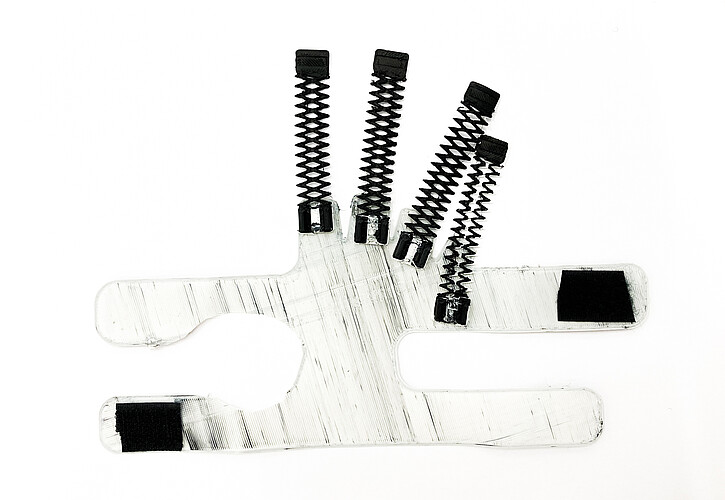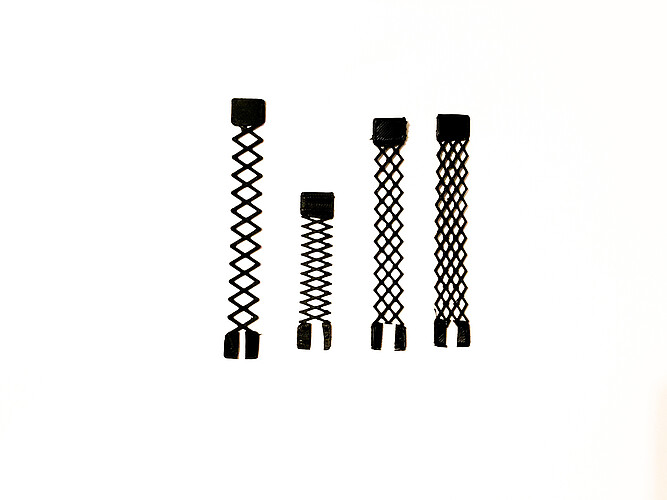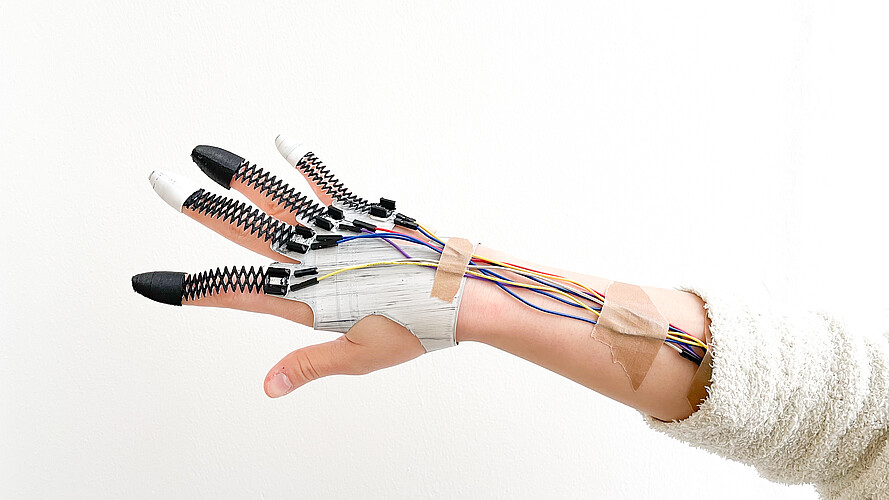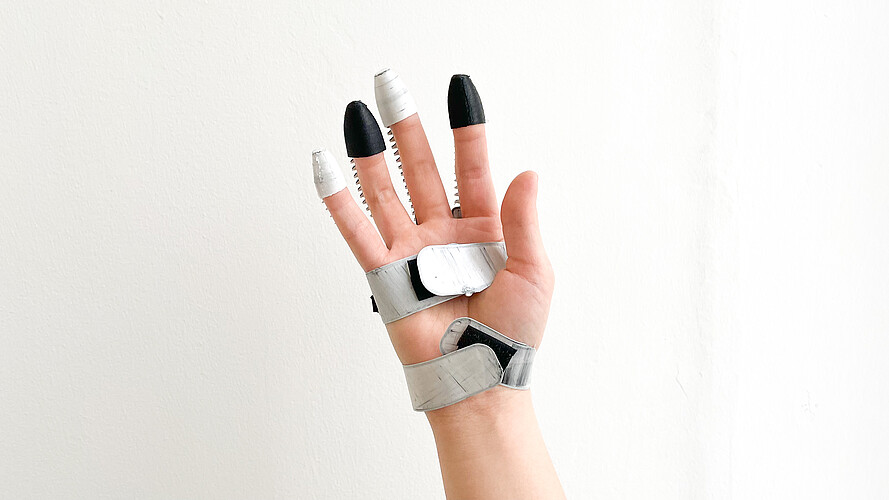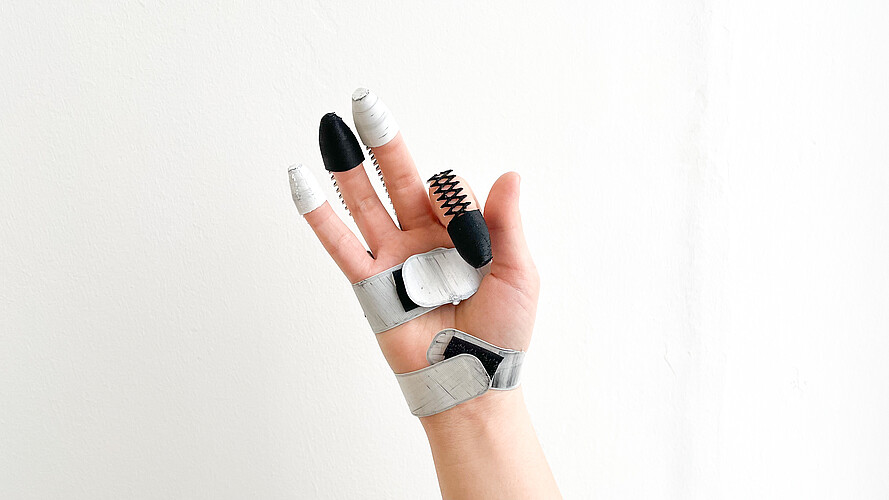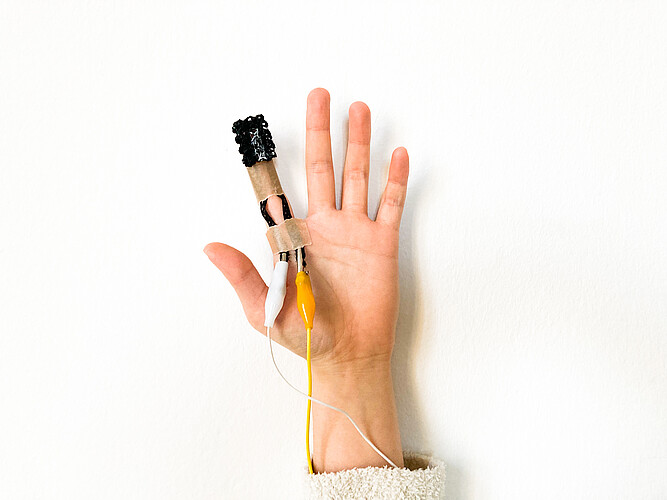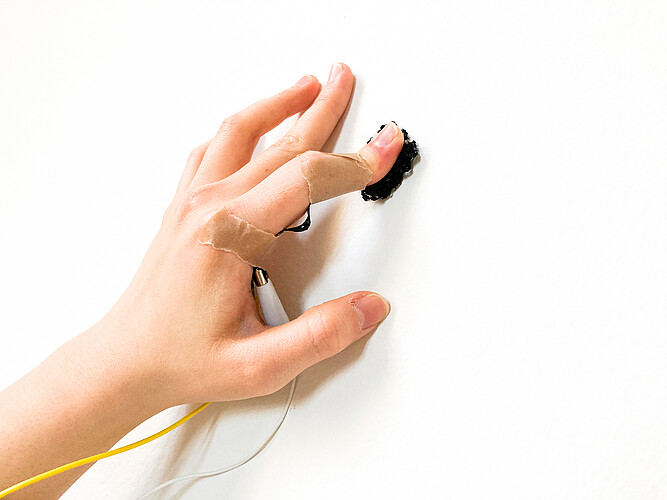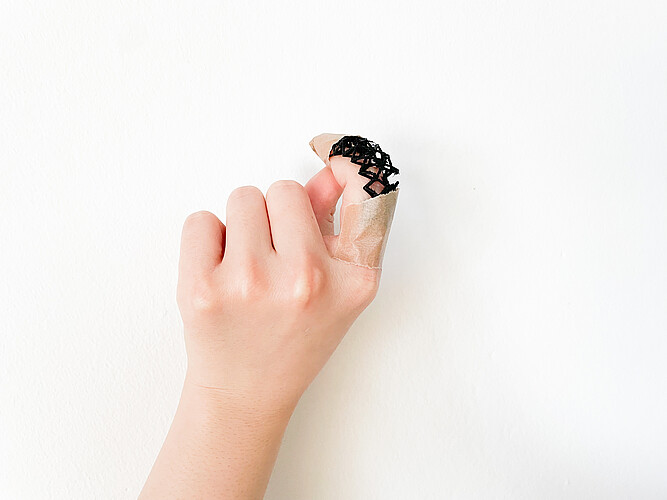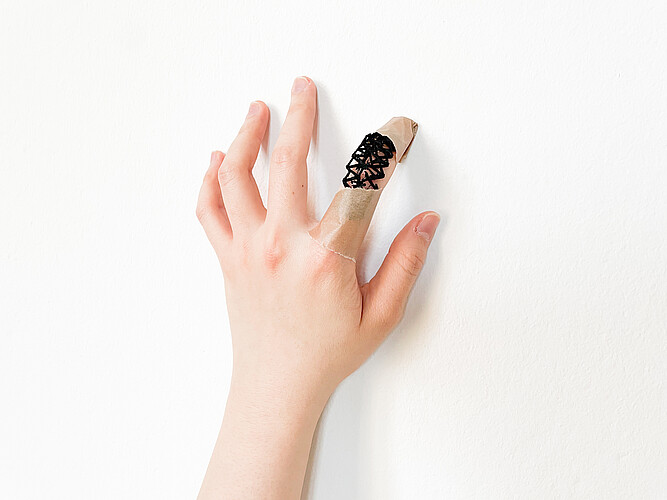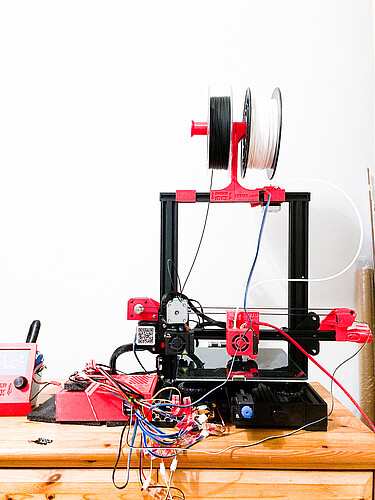Piano Gloves
Piano Gloves
With the popularity of smart terminals, wearable electronic devices present a huge market prospect. Sensors, as one of the core components, will influence the functional design and future development of wearable devices. Flexible wearable electronic sensors are thin, light, and portable, with excellent electrical performance and high integration, making them one of the most sought-after electrical sensors.
However, in terms of practical applications, flexible wearable electronic sensors still need to achieve technological breakthroughs in preparation processes, material synthesis, and device integration. Currently, there are typically two strategies to achieve stretchability in wearable sensors. The first approach is to bond a thin conductive material directly to a flexible substrate. The second approach is to assemble the device using inherently stretchable conductors. This is usually prepared by mixing a conductive substance into a flexible substrate. In terms of geometric patterning and device design, mesh structures are used to enhance further stretchability and adaptability, such as island-bridge structures, straight bands, and serpentines, which allow the sensor to undergo complex deformations such as stretching, rotation, and twisting, thereby increasing the sensor’s sensitivity to external forces. But often, to meet the complex requirements of flexible electronics with properties such as thinness, transparency, good flexibility and stretchability, and insulation and corrosion resistance, we need to integrate different materials, such as rigid conventional inorganic materials with excellent electrical properties adhered to the surface of a flexible substrate, or conductive inks printed on silicone-based transparent films. At the same time, from producing highly sophisticated sensors to their application in actual wearable products, we also need to integrate these complex electronic components onto clothing fibers, for example, by heat pressing, stitching, and so on.
In the first semester of our research we took an elective course, WEARING SOUND, in which we investigated how to print both conductive TPU and non-conductive TPU filament with a dual extrusion printer and make a sensor with stable resistance changes. with the support of these techniques we made a glove-like musical instrument and used it in MAX 8 and Machine Learning to prototype the instrument.
To simplify the complex production process and material selection, is it possible to apply 3d printing technology to the integrated production of flexible wearable smart fabrics, thus reducing the number of production steps? Thus, we try to integrate only conductive TPU with non-conductive TPU using 3d printing and test the sensitivity of these elastic sensors through different microstructures to create a smart sensor collection that can capture movements. And in the whole wearable music simulator system, how can the structure and wearing style be designed so that the two sensors of pitch and volume can be controlled to better collect human movement data? This will be the design focus of the solution we need to give in the next 6 months.
Team: Hao Xu, Yuhang Han
testing another thing here...
xx
